deepeye.hu
Astronomical Drawings of Peter Kiss
Astronomical Drawings of Peter Kiss




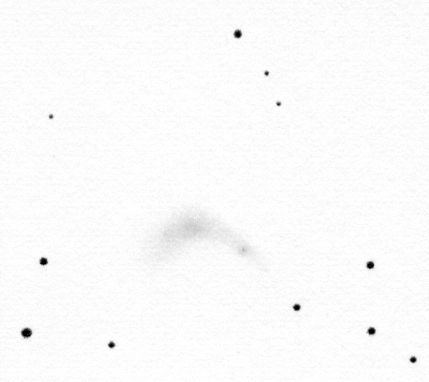
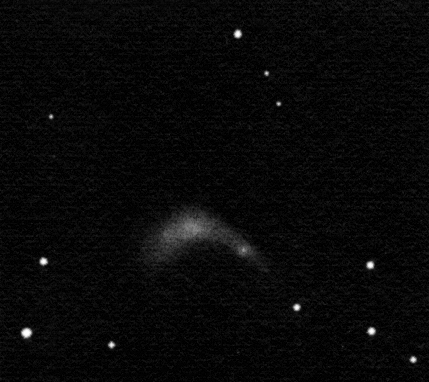
I included this galaxy on my imaginary must-see list when I saw the Hubble image. This galaxy looks as if it were sucked with a vacuum cleaner (in the HST image). In fact this is an interacting system. NGC 6745, the main galaxy is distorted as a result of the close encounter with a small and faint galaxy, PGC 200361 (the "vacuum cleaner"). This small galaxy is only partially within the Hubble field (to the lower right). I didn't see PGC 200361 in the telescope - it would be to the lower right in the extension of the tail. But I saw the brightest star-forming region that emerged due to the interaction. It is the almost stellar-looking spot in the tail. This has an own galaxy number: PGC 200362 though it is probably only a star-forming region. The tail is somewhat contrasty in the telescope (full of young blue stars in the photo) while the left half is more diffuse. As an extra this system can be found behind the dense Milky Way fields of Lyra.
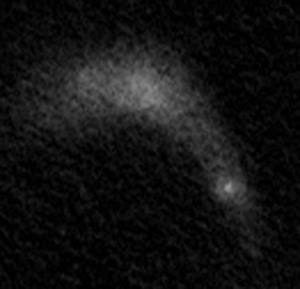
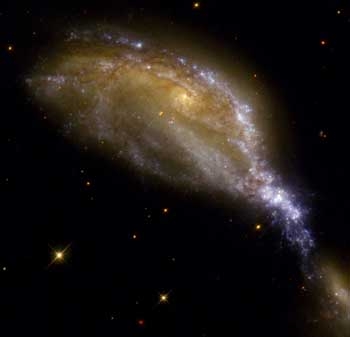
You can see the Hubble image of NGC 6745 to the left next to my inverted drawing I made using a 16" Newtonian. I rotated and cropped my drawing in order to be able to compare it to the photo. Note that this crop of my drawing is only about half an inch across therefore the inequalities of the paper and the errors of the scanning are very much visible. Not counting this and the few orders of magnitude difference in resolution, the eyepiece impression is not that far from the Hubble photo.
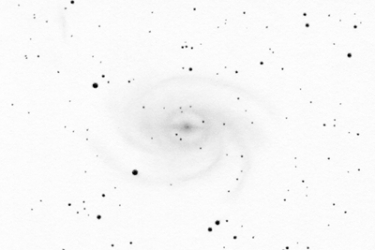
Pavo galaxy
The grand spiral galasy of Pavo
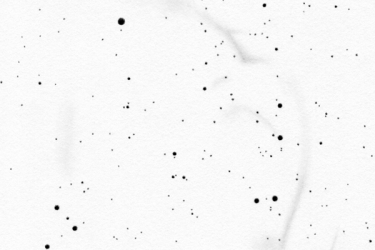
Panorama drawing
Huge and faint supernova remnant in the southern sky
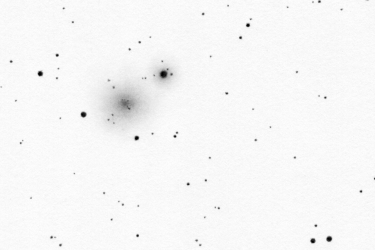
Centaurus globular cluster
The second globular in Centaurus

Apus globular cluster
Globular cluster close to the Southern celestial pole
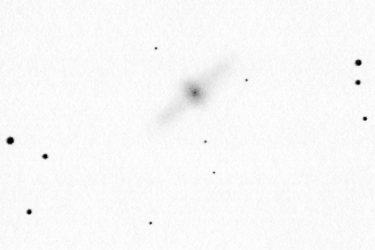
Centaurus galaxy
Polar ring galaxy
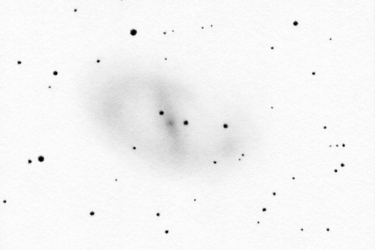
Ara galaxy
Barred spiral galaxy in the thick of the Milky Way